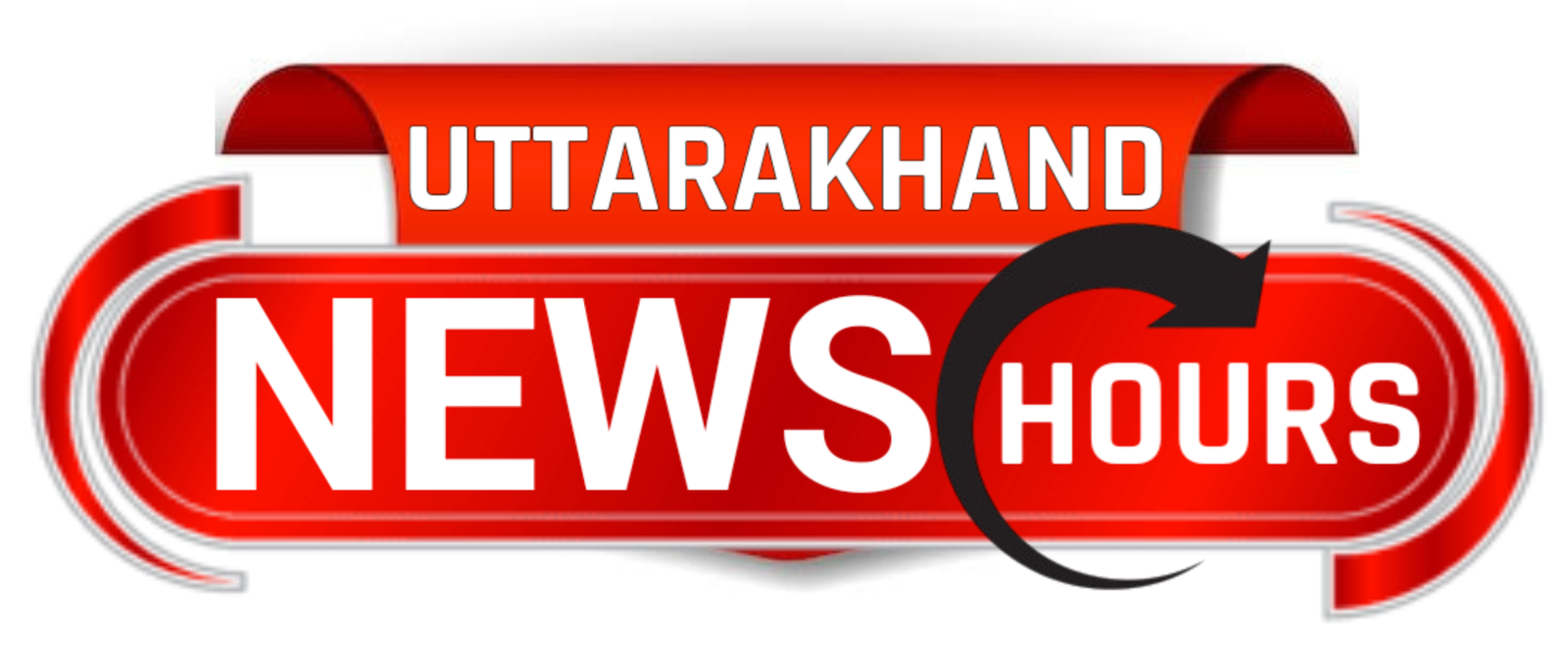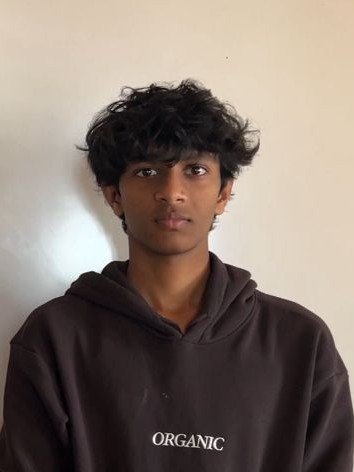Author – Shaurya Agarwal, Woodstock School
Dehradun: The Russian invasion of Ukraine has taken a backseat, especially in terms of media coverage of news outlets and journalists all around the world but the war is as real and intense as it was when it started. This full scale invasion started in February 2022 but is part of a deeper rooted conflict centered around Ukraine’s identity and the blurred lines surrounding it dating back centuries. To fully understand the scale of the conflict today, we must retrace our steps back towards history and see how these countries ended up here.
Our story starts way back in 882 AD when the first state to have unified the tribes in areas we know today as Ukraine, Western Russia and Belarus held its capital in Kyiv, Ukraine’s capital. This shows how the identities of Russia and Ukraine were intertwined and blurred together from the beginning. Kyiv, the capital and heartland of the Kievan Rus became an important center for the empire both culturally and economically and is considered one of the most important cities for Russian and Ukrainian Civilisations at least in that period of time. Peoples from both nations developed together under one state in its inception through major events like the adoption of Orthodox Christianity shaped regional identities lasting today. Other developments include using the cyrillic alphabet which spread throughout the region and is the base of the Russian and Ukrainian languages today. This created a shared political framework which deeply influenced Russian and Ukrainian identities for centuries to come. This helps us understand why Russia
The Kievan Rus declined soon after due to Mongol Invasions through the Golden Horde, most settlements in this region were devastated due to war but one benefited from it, the rise of the Grand Duchy of Moscow changed the region’s power dynamics. Moscow utilised the power vacuum left behind by the fragmentation of the Kievan Rus and asserted itself as the successor of the Kievan Rus and its territories. Soon after, when the Byzantine Empire fell in 1453, Moscow began branding itself as the “Third Rome” and took on the mantle as the defender of Orthodox Christianity. Kievan Rus was where Orthodox Christianity was adopted in the region and the empire was centred around Kyiv. Kyiv became a very important, if not the most important Orthodox religious center. This gave Moscow a groundwork to establish a narrative involving cultural and religious inheritance from the Kievan Rus. Moscow was claiming that religious inheritance equals political inheritance, that the territories practicing orthodox christianity once under Kievan Rus were now under Moscow, especially Kyiv as it was where orthodox Christianity spread in the region. Moscow saw this as a rightful political justification and Russian nationalists today including Putin have used this shared Kievan Rus and Orthodox heritage to tie the countries together and use it as justification for territorial gains.
Moscow used the shared heritage justification for intervention and annexation of Ukraine when during the 17th century, the Cossacks (Orthodox Ukranians) sought protection from Orthodox Moscow as it faced persecution from the Catholic Polish-Lithuanian Commonwealth. This agreement involves the Cossacks pledging allegiance to the Tsar (ruler of Moscow/Russia) while the Tsar would defend the Cossacks and respect their autonomy. This was the treaty of Pereyaslav which in theory should be a mutual protection pact but in practice, this treaty evolved into centuries of Russian control over Ukraine. The Cossacks viewed it as an alliance, Russia as subjugation.
Following the treaty, Russia under the rule of the Tsar used a gradual process of removing Ukrainian identity, first with the Valuev Circular in 1863 which placed limits on Ukrainian language publications in the empire, furthermore, the decree stated “There is no separate Little Russian language, and there never has been, and there never can be. The dialect used by the common people is nothing more than Russian corrupted by Polish influence.”This quote showcases how Russia saw Ukraine as “Little Russia” and how Russia tried to impose limits on Ukrainian identity through limiting the use of Ukrainian language.The process of russification intensified through the Ems Ukaz decree in 1876 which banned the import and publication of Ukrainian books and to completely prohibit the use of Ukrainian language. These show russification in practice throughout tsarist rule and how attempts were made to strip Ukraine of its identity and culture. Russification attempts from the Soviet Union followed soon after through the Holodomor, a man made famine imposed by Stalin as he aimed to break the cultural fabric of Ukraine by starving millions of Ukranians with emphasis on the peasantry who were the backbone of the resistance movement and embodied Ukrainian culture. Many historians believe this was Stalin an attempt from Stalin to break the spirit of the Ukrainian resistance by weakening the people, making it easier to assimilate them in Russian culture and accelerating the process of russification. Other historians counter by saying it was a broader failure of collectivisation policies resulting in the famine.
The Soviet Union broke down and regions that were once part of the union and the Russian Empire, subjected to Russian domination for centuries became independent states, this included Ukraine. Vladimir Putin, the current president of Russia was not happy with the dissolution and called it the “greatest geopolitical disaster of the century” he further emphasized “ As for the Russian people, it became a genuine tragedy. Tens of Millions of our fellow citizens and countrymen found themselves beyond the fringes of Russian territory” This demonstrates that for Putin, the peoples in the states now broken off of Russia were Russians and were not living in “Russian” territory and for Putin, at the heart of all of this was Ukraine, a region sharing very close ties to Russia. He later published an essay titled “On the historical unity of Russians and Ukranians” which clearly outlined his beliefs outlining Russians and Ukranians as very similar, if not the same peoples, he writes how Russia and Ukraine are “essentially the same historical and spiritual space”, This helps us understand his perspective outlining Russian and Ukrainian people’s as essentially the same entity. His aggression can also be linked to NATO’s eastward expansion into states which formerly were under Russian control. Ukraine was closer than ever to obtaining NATO and EU membership. In a poll conducted by UNIAN in 2021, 64% of the Ukrainian population was in favour of joining the EU, similarly, 58% of Ukranians were in favour of joining NATO in a poll conducted by IRI in 2021. Ukraine along with Georgia were promised eventual NATO membership in The NATO Bucharest summit in 2008.These polls along with the conference clearly show how Ukraine was leaning more towards the west and Putin might not have liked Ukraine, a country he sees very close to Russia moving away from its influence. Putin’s actions can be looked at through the lens of the theory of defensive realism, a theory in international relations which views state behavior is a response to perceived threats, in this case he is invading Ukraine as he sees NATO and EU’s eastward expansion, particularly Ukraine’s as a threat to Russian security and their sphere of influence.
The Russian-Ukraine conflict today stems from centuries of shared culture between Russia and Ukraine all the way from the Kievan Rus in 900 AD to just about 3 decades ago which has sparked contested and conflicting views over Ukraine’s sovereignty and statehood.This almost 1000 year period of shared history where the relationship between Russia and Ukraine involved developing religiously, politically, culturally and collaborating with each other for mutual benefit leading to thriving civilisations. However it also involved russification of Ukraine, systemic famines to crush its identity and deceptive treaties leading to Russian subjugation of Ukraine for centuries. The relationship between Russia and Ukraine seems to be rather an asymmetric one mostly revolving around Russian subjugation. This is how history has dealt with Ukraine and Russia and how all of this has directly played out into the conflict we have today, from its Slavic origins in the Kievan Rus to the Russian Empire to the Soviet union, a story spanning almost a millennium showcases the different layers of history adding on top of each other involving the relationship of these two countries has uniquely contributed and explains the complex conflict we have at hand today.











